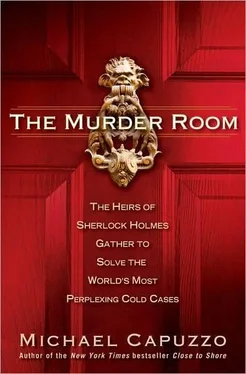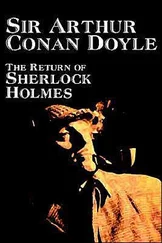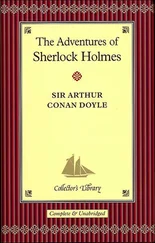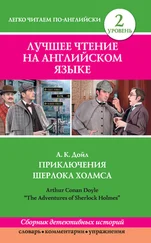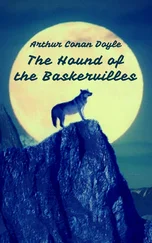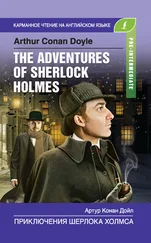“My wife and I knew it as soon as we saw your work on America ’s Most Wanted the other night, a rerun of the John List case,” Hall said. “I told Kathy, ‘This guy’s a genius. I’m going to call him in Philadelphia. He’s our last hope.’
“Frank, we need you.”
Bender was intrigued. He liked to be told he was an irreplaceable genius as much as the next guy, and he heard in Hall’s voice “sincerity, a real good guy, a tremendous passion to solve the case.” When Hall explained that his small police department couldn’t pay Bender the $1,500 he now asked for his busts, not one cent, that about sealed it. Money was tight and Jan might not be pleased, but pro bono work appealed strongly to Bender’s conviction that money shouldn’t matter as much as art or justice.
“Tell me about the case, and we’ll see.”
The scant remains of a skeleton had been found in a shallow grave in woods that ran along a farm outside Manlius, Hall said. At first they thought it was a nineteenth-century farmer or Revolutionary soldier, but the corpse was dated as more recent, perhaps twenty years old. The skull had been smashed, and it was clearly a murder. They were the small bones of a female, possibly a victim of notorious serial killer Arthur Shawcross of Rochester who killed and mutilated eleven Rochester prostitutes from 1988 to 1990. The Genesee River Killer’s reign of terror sent frightened Rochester hookers fleeing the ninety miles to Syracuse.
That was about it.
If Bender could reconstruct the skull and police could learn its identity, they might be able to track down the killer, Hall said.
“Can you mail me the skull? ” Bender asked. Well, that was the problem, Hall said. He could mail a photograph, but there really wasn’t a skull. The skull, such as it was, was a U-shaped collection of bones framing the face. But there was no face-no eye, nose, mouth, or cheekbones. It was a donut skull-mostly hole.
“Send me what you have,” Bender said.
As soon as he saw the picture of the donut skull, Bender thought, I can’t do this. How could he rebuild the surface of a face without bones? Not wanting to give up easily, he consulted with a physical anthropologist at the Smithsonian in Washington, D.C., for another opinion, then another expert at the National Center for Missing and Exploited Children. All agreed: It’s impossible. Nobody can do it. Don’t even try. If you try, the implication was, it’ll be perceived as an act of stupidity or hubris; it’ll make a mockery of the profession of forensic reconstruction. “It’s impossible,” Bender told Hall. But the young detective wouldn’t hear of it. “Frank, I know you can do it.”
“OK, you win,” Bender said. “I’ll do it, but I’ll only ask for money if you make identification.” Hall enthusiastically agreed.
On October 19, 2000, Detective Hall, a burly, fair-haired twenty-five-year-old, stood before the Vidocq Society luncheon at the Downtown Club. Up flashed a PowerPoint image of the Skull with the Missing Face on the screen. Bender beamed at Hall, a bright, outgoing, no-nonsense cop he liked even more in person.
Walter fairly gasped.
“Frank, what the hell are you thinking?” he hissed to his partner one seat away. “Or are you relying on your sixth sense instead of your brain on this one?”
Bender, sitting quietly with a loopy smile, ignored him. The artist loved a challenge, and this was shaping up as maybe his biggest ever. As he studied the photo, he could feel the sensation like an electric charge searching for ground-the nameless dead calling him. He lived for that feeling.
“I figure it’s better to try something, Rich,” he said, “than to try nothing at all.”
“Frank, be honest. Are we playing God again?”
Bender grinned. “Rich, I forgot to tell you. Manlius asked for help from the FBI, and the bureau refused. They said there wasn’t enough material to do a profile. They said it was impossible.”
“Hmmm.” Walter arched his left eyebrow, and his eyes shone with a fierce light. He looked up at the photo and down at the police report. In addition to the face, the left arm and hand, left pelvic bones, left leg and foot were all missing. He himself had seldom seen a case with less to go on. Perhaps it would be interesting, he thought, to profile a murderer based on tiny fragments of bone found in a grave many years after the crime, and nothing else. Perhaps it would be fun.
“This was an ideal place to hide a body,” Hall said. The corpse was found buried in a shallow grave in an isolated patch of woods alongside an abandoned farm outside Manlius. Manlius, the wealthiest burg in Onondaga County, is a bedroom community of Syracuse with 31,000 people spread over a wide and picturesque rural area of hills, pastures, woods, and lakes. Named for Marcus Manlius Capitolinus, the consul of Rome in 390 BC, the prosperous town is composed of three small villages, one of which, Fayetteville, has a proud history as the boyhood home of President Grover Cleveland, as well as the first magazine publisher of Uncle Tom’s Cabin, and the noted suffragist Matilda Joslyn Gage (whose son-in-law L. Frank Baum, author of The Wonderful Wizard of Oz, is said to have used her as the model for the Wicked Witch of the West).
Thus the town’s first murder in a quarter century was shocking, unseemly, not what one expected of the good people of Manlius. It was not committed by or against one of them, they hastened to add, or even within the village limits. It was done by outsiders, “out there.”
The grave was hidden in the woods some four and a half miles east of Fayetteville and an equal distance from either of the other two villages in an unincorporated area-a barren spot locals know as “the middle of nowhere.” The nearest road was impassable in the snow and ice of winter, and in the summer a visitor had to walk through a cornfield to reach the woods. It was there that the ex-con Robert Updegrove, a transient, as locals were quick to mention, was hunting deer without a license on the morning of Saturday, November 29, 1997.
By midday, he was sitting on a log having a smoke, rifle on his knee, when he saw something small and white lying in the brush and leaves. He thought it was a cigarette, he later reported to police. But when he reached down to pick it up, it was hard; a bone, a fragment of a human skull. Updegrove had disturbed the grave.
Hall ordered the remains guarded overnight. After determining the grave was “nonhistorical,” they began excavation the next morning, Sunday, November 30, in a murder investigation. The Manlius detective regarded Updegrove as an immediate suspect. To cover the fact that he was hunting illegally, the convicted felon concocted a story that he was looking for his lost dog, not for deer. Updegrove denied involvement in the murder, but Hall wasn’t convinced. Updegrove rented a cottage on one of the abandoned farms, so close that Hall could almost see it from the grave site. Had Updegrove just discovered the bone fragment? Or had he put it there many years earlier and returned to memorialize the murder, enjoy his trophy, and flaunt it to cops?
Hall and his men dug up the grave with their hands for five days until their fingers were numb with cold, uncovering only a partial skeleton, indicating the work of animals or a depraved human.
The remains were so sparse they were extraordinarily difficult to identify. A Cornell University forensic anthropologist claimed to identify a raccoon bone. Another noted anthropologist said it was a child, before Dr. Anthony Falcetti at the C. A. Pound Human Identification Laboratory in Gainesville, Florida, identified the bones as belonging to a small, slight woman in her midtwenties to early thirties, probably of mixed race, about five foot five, 100 to 110 pounds. The bones indicated she had suffered from poor nutrition as a child. All of it supported Hall’s hunch that the young woman was a prostitute-and possibly Shawcross’s victim. Hall sent her description to all the national crime databases in the United States and Canada, including the National Center for Missing and Exploited Children. There were no matches. Two dozen police officers swept the area with metal detectors and rakes, examined nearby trees for bullet holes, and collected bird nests for possible hair samples woven in. They came up empty.
Читать дальше
